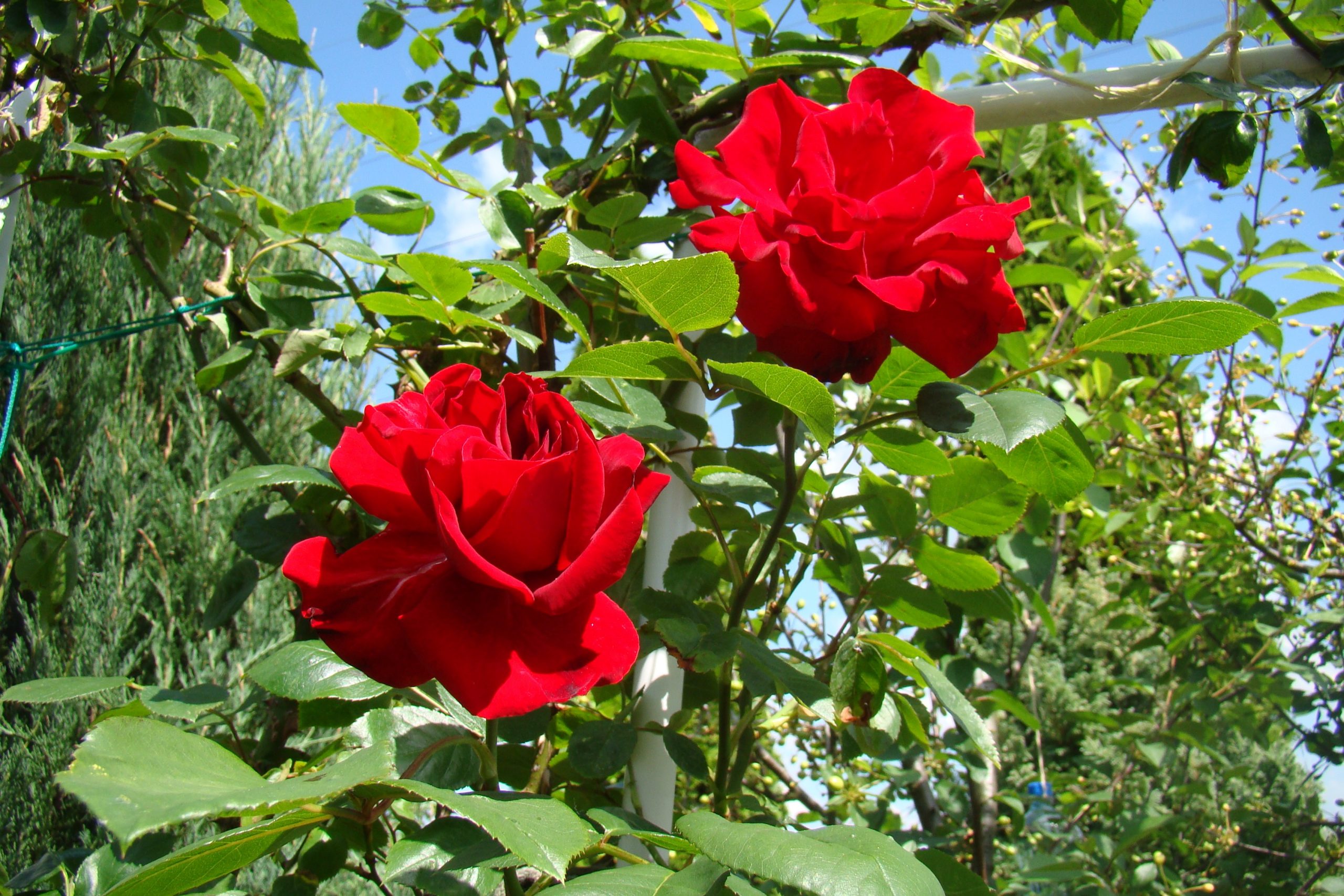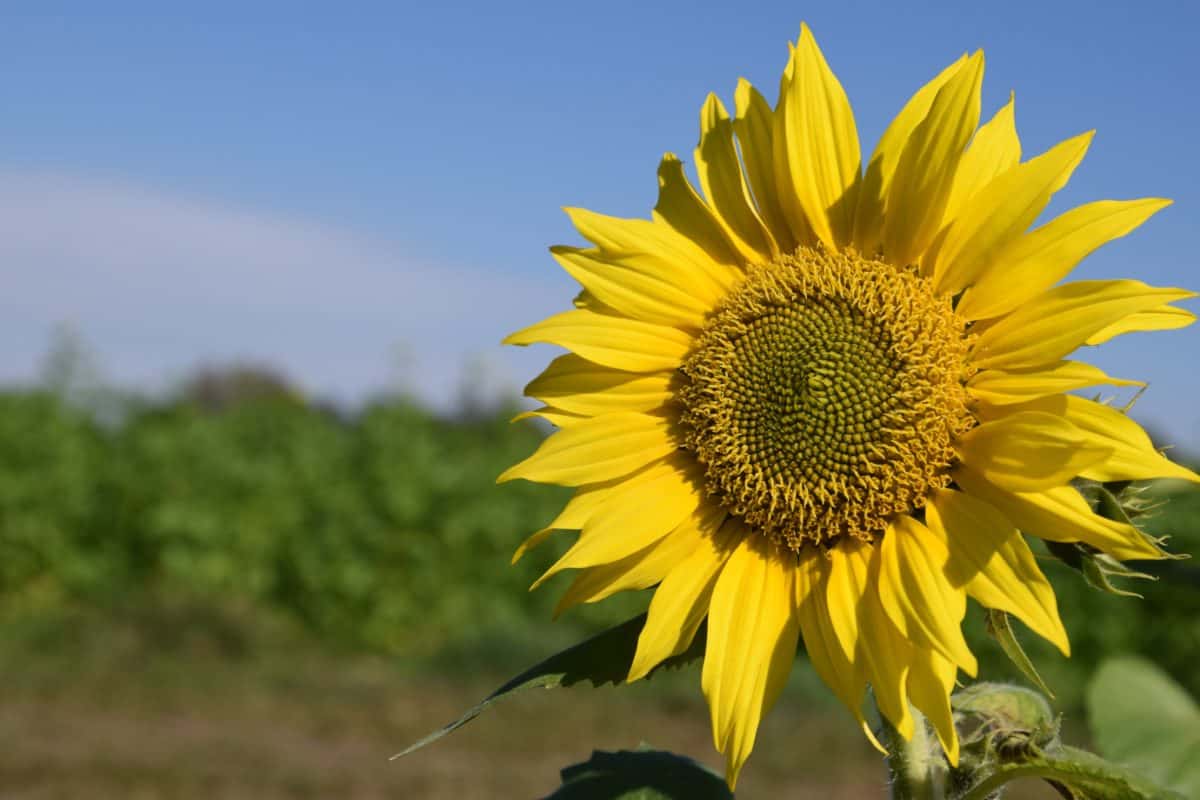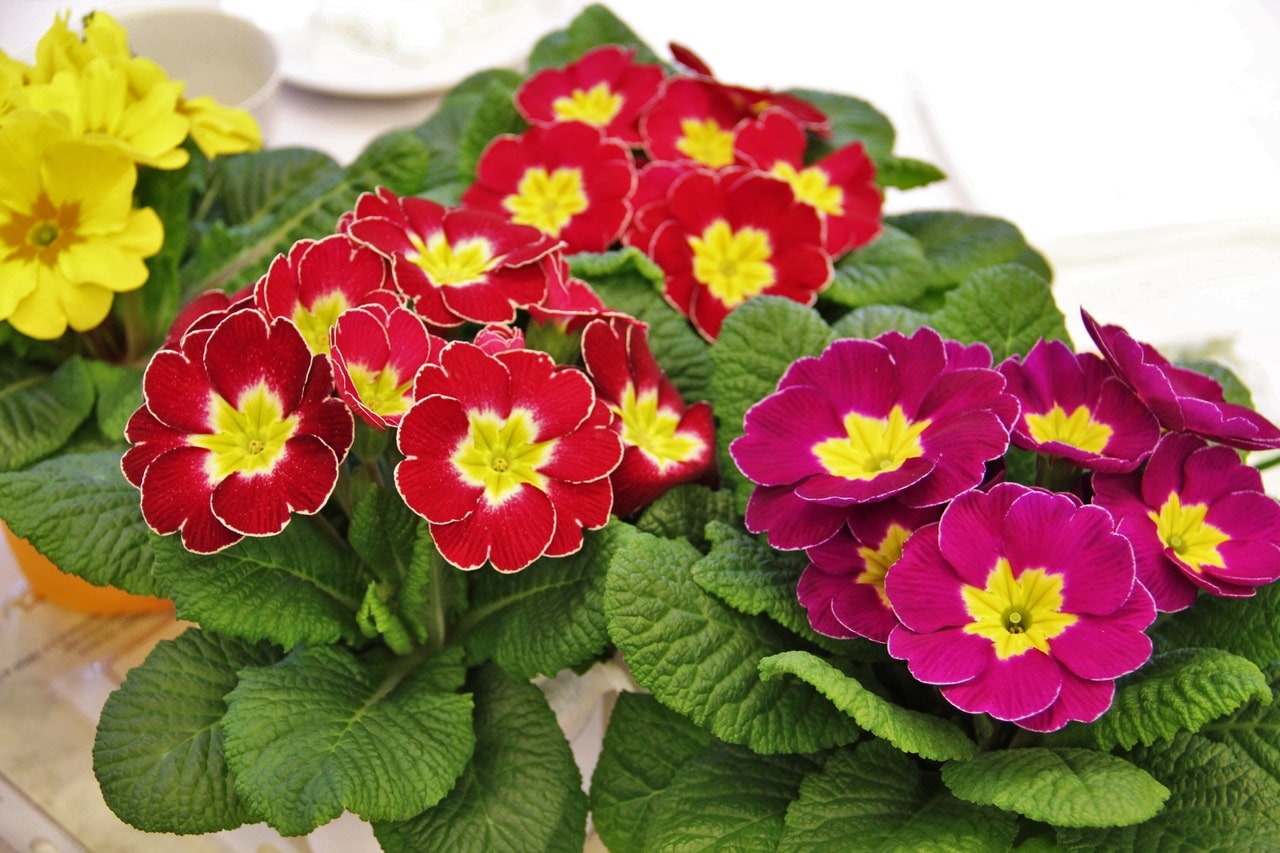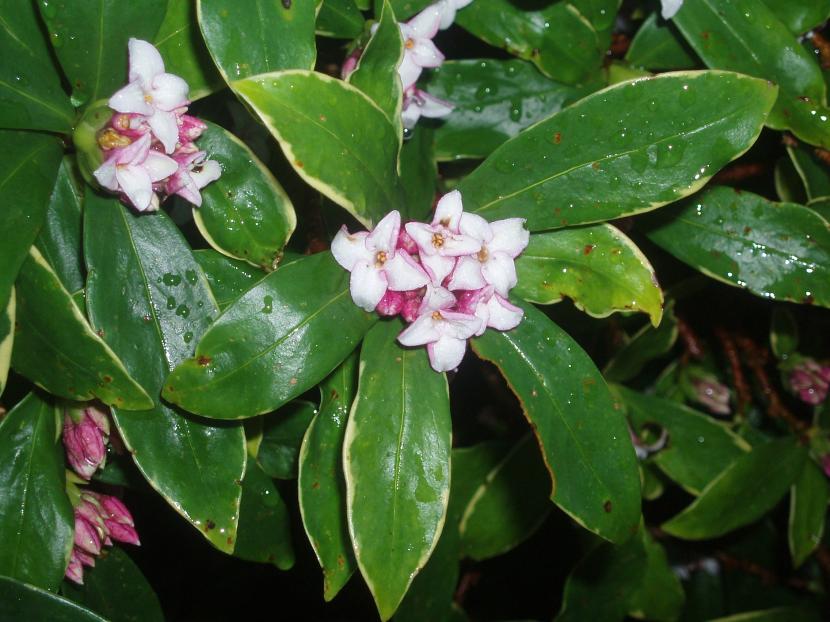
Flowers are the most showy part of a plant. They are so cheerful, so elegant, and some so fragrant that they are wonderful. But sometimes we can't get our pots to produce them, and that seems easy, right? But the months go by and nothing, not a trace of flower buds. What are we doing wrong?
Sometimes it can take time to achieve this, but with these tips, we will know how to make a plant bloom.
Put your plant in the right location

So that the pots can flourish, need to be placed in a very bright area, preferably outside. Depending on what type of plant it is, it will have to be put in direct sun, such as cacti, seasonal flowers, bulbous or trees; or in semi-shade like begonias or orchids for example.
All plants need light to perform their basic functions. That is why there is none that grows in a place where there is only darkness, at all times. Thanks to this light, to this light energy, your cells work at full capacity not only to keep the plant in good condition, but also to produce flowers and seeds.
If we take this into account, when they are grown indoors it is very, very important that they are kept in a room where as much natural light as possible enters.
Use a substrate that has good drainage
The soil where the roots of the plants develop has to allow the rapid sewer system of the water; that is, when they are watered, they should not remain flooded, otherwise they will suffocate and die. To avoid this, it is highly recommended mix the substrate with 30% perlite or clay balls, or put a first layer of volcanic clay inside the pot before planting the plant.
And, except for aquatic plants, which are used to having their roots always submerged in water, the rest of the root system needs to grow in soils that lose their moisture at some point, totally or partially. For example, cacti will only grow in dry soils that get wet very occasionally; but a tulip will require a little more water.
Fertilize it during the growing season
The plant not only needs water, but it is also very important that it is fertilized from the beginning of spring to the end of summer so that it can have all the necessary nutrients to grow, develop and, also, bloom. Therefore, it is convenient purchase a specific fertilizer for each type of plant that we are caring for, and pay it following the instructions specified on the package.
If you prefer, you can use Organic fertilizers. Of these there are many types: compost, mulch, guano, ... it is even possible that you yourself have it in the kitchen, such as egg or banana shells. If applicable, read the label on the container to find out how often and how much you can add to the plants.
Orchids, for their part, can be paid, but using soft fertilizers specifically prepared for them, like this one they sell here.
Transplant it whenever necessary

If it has been growing for many years in the same pot, it may be the case that it does not flower due to lack of nutrients, lack of food, or lack of space. To avoid it, It is convenient to transplant it in spring whenever roots grow out of the drainage holes or when it is seen that it does not grow. In general, the fastest growing plants (basically many palms, aromatic plants, perennial flowers) should be moved to a larger container every 1-2 years, and the slowest ones (many conifers and trees, among others).
The step by step to follow to transplant is as follows:
- First of all, you have to choose a pot that is wider and taller than the previous one, and that also has holes in its base.
- Then fill it more or less halfway with the appropriate substrate for your plant (click here for more information).
- Then, remove the plant from its 'old' pot. Do it carefully, avoiding manipulating the roots too much. If necessary, carefully break the pot with a cuttex so that you can remove it without breaking the soil pan.
- Then put it in the new pot. Is it too high or too low? Then remove or add dirt.
- Finally, add more soil until the pot is completely filled, and water.
Now all you have to do is place your plant in the area where it was, or if you prefer in another a little protected until you see new growth.

Prune your rose bushes
There are certain plants, such as rose bushes, that if they are not pruned regularly, the only thing they will do is remove stems with green leaves, but not flowers. Because, It is important that you remove all the withered flowers, and that you also reduce the length of their stems at the end of winter (February in the northern hemisphere). In this article we explain how it is done.
With these tips, your plants are sure to flourish 🙂.
Friend, my plants do not bloom, it is so in the greenhouse and what substrate will be the best srt martha
Hi Martha.
What types of plants are they? Depending on the type it is, it will be advisable to use one substrate or another. I recommend you read this article.
A greeting.
HOW CAN I MAKE A COMPOST SO THAT THE ROSES GIVE BIG AND BEAUTIFUL FLOWERS